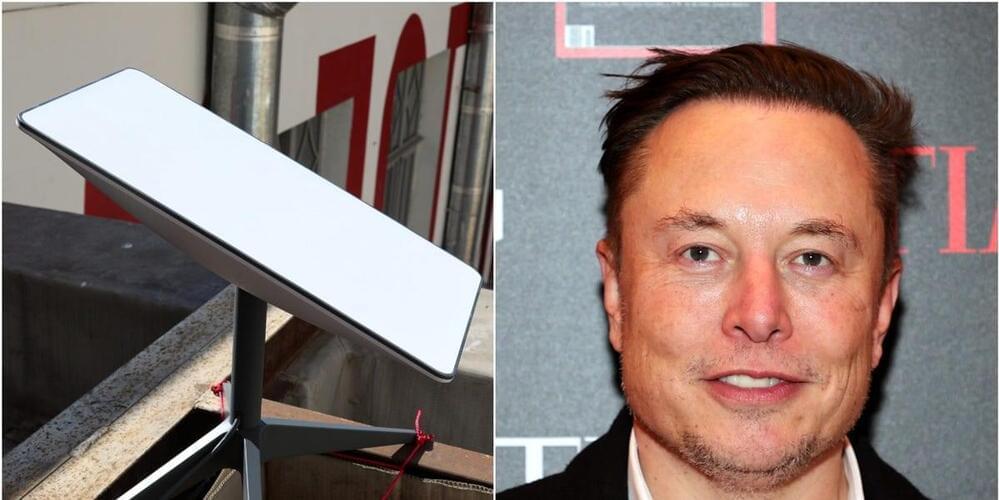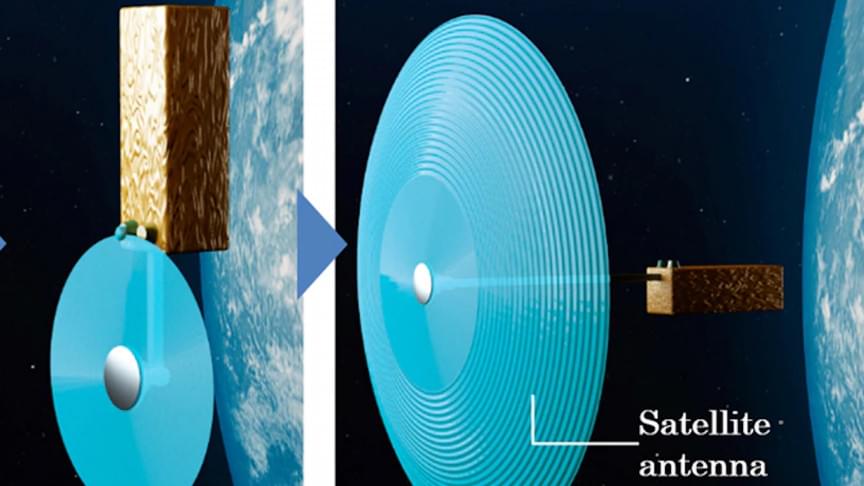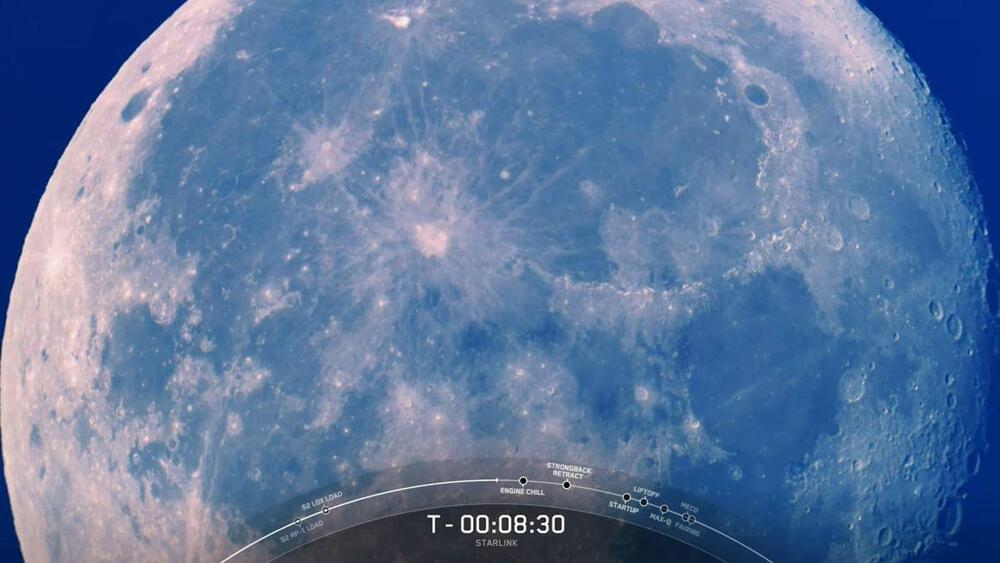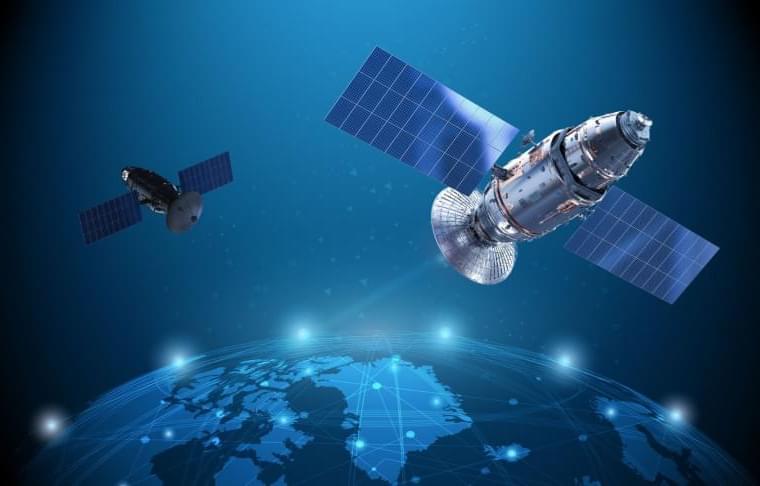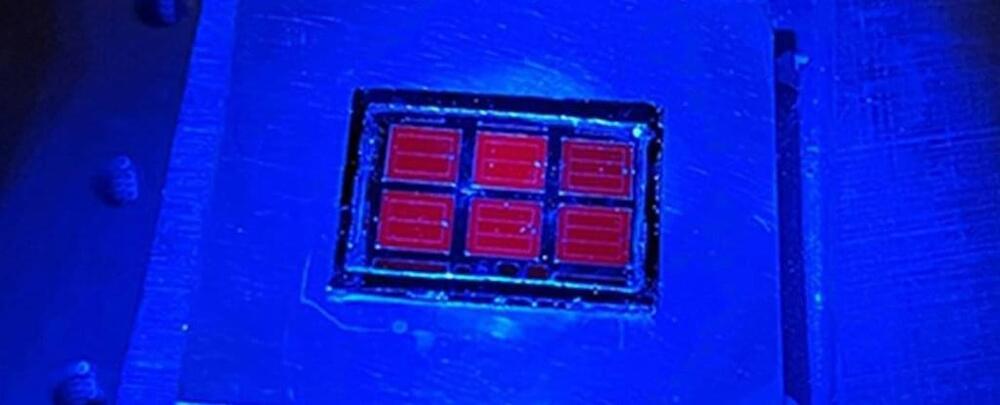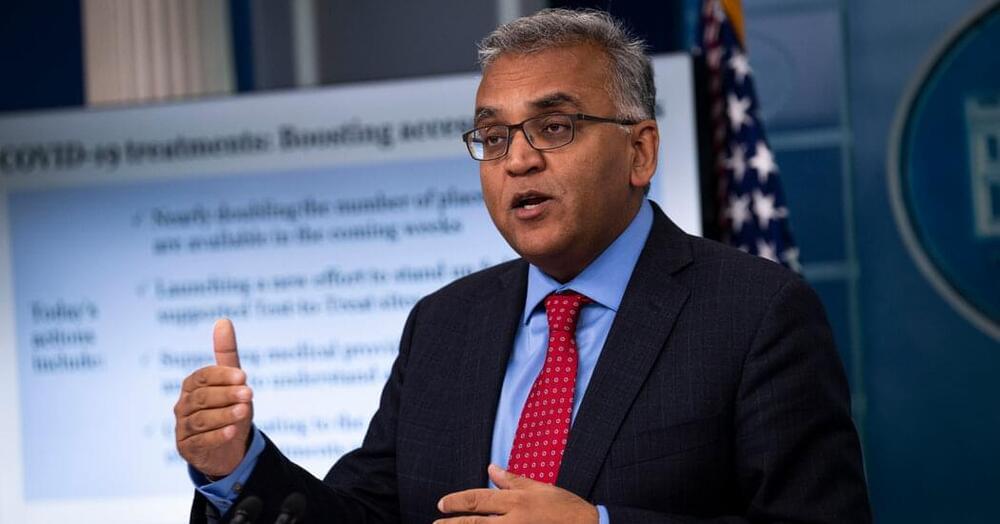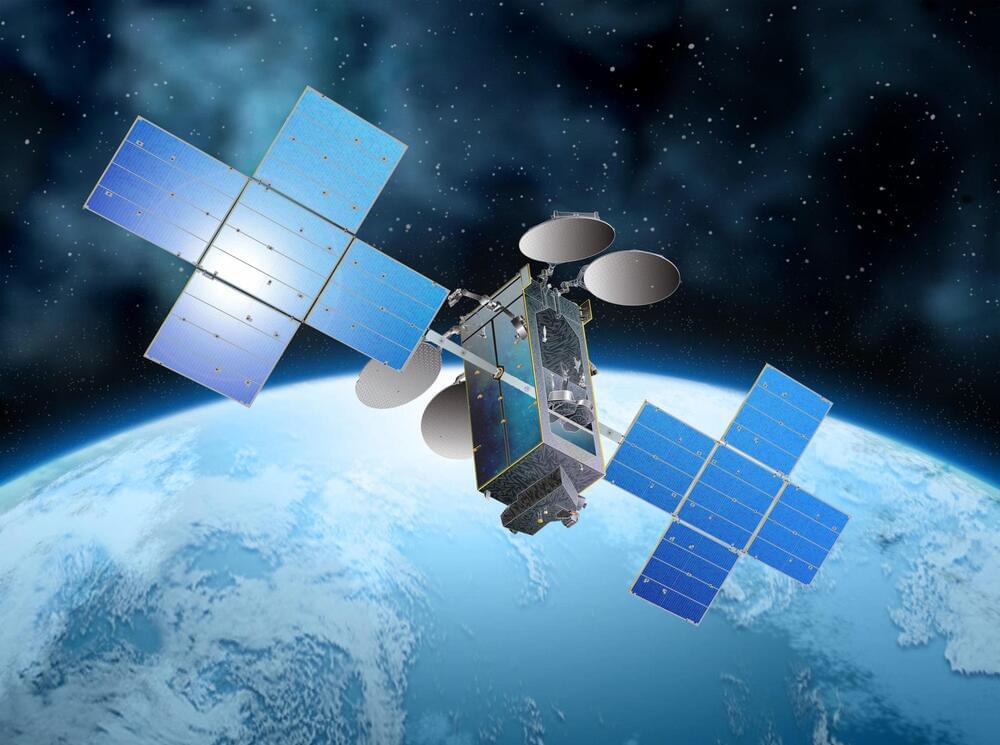SpaceX announced this week that it is launching a Starlink internet service option designed with RV owners in mind.
The company is rolling out an optional $25 monthly fee for customers who want to relocate their satellite dishes, CNBC’s Michael Sheetz first reported. The extra cost will be added on to the Starlink base service price of $110 per month and will be billed in one-month increments. The users will be able to pause and restart their service at any time.
However, the company says that the internet service will not be active while the RV is in motion and will be limited to an “as-needed basis at any destination where Starlink provides active coverage,” according to a press release.
